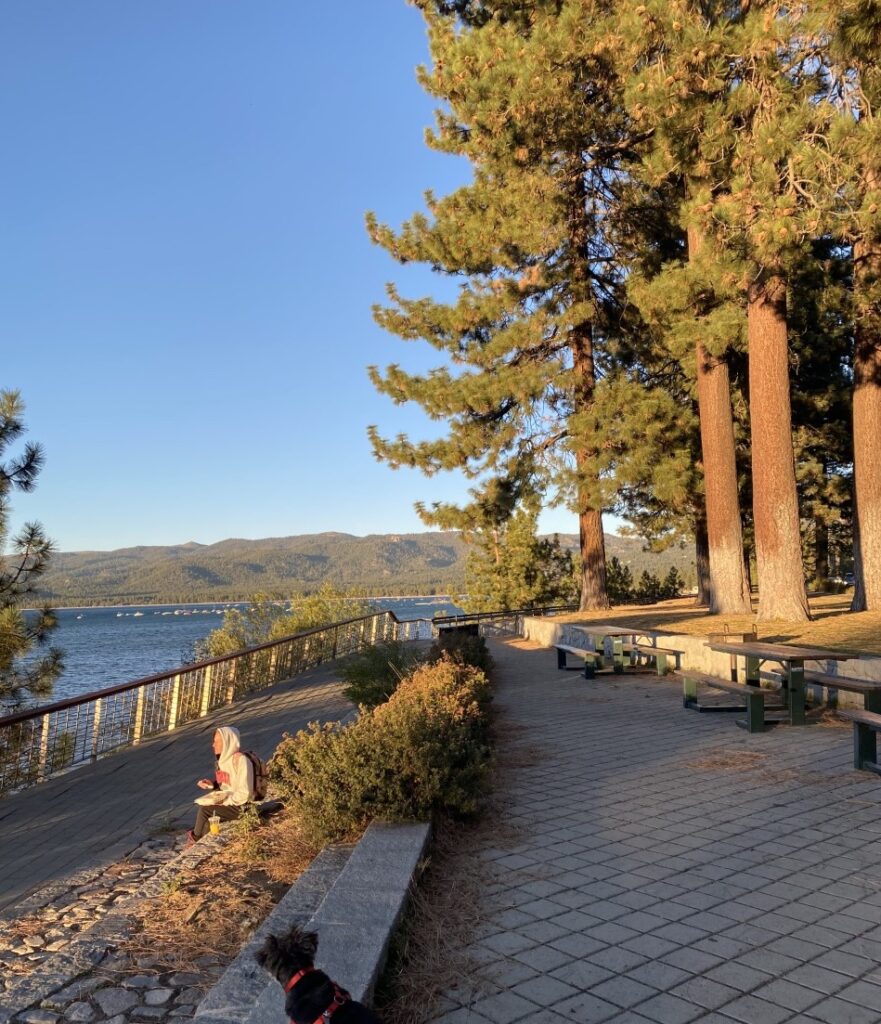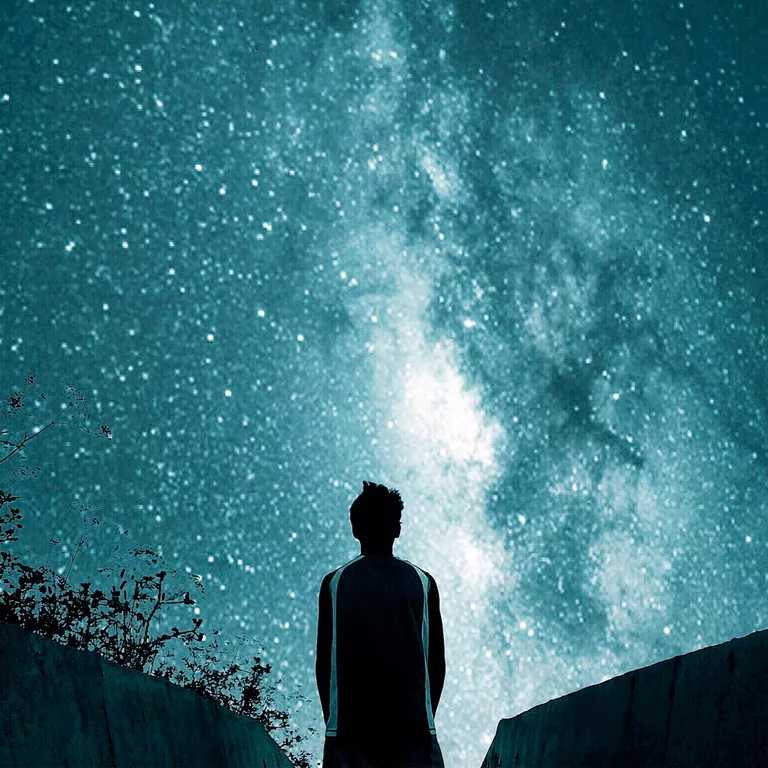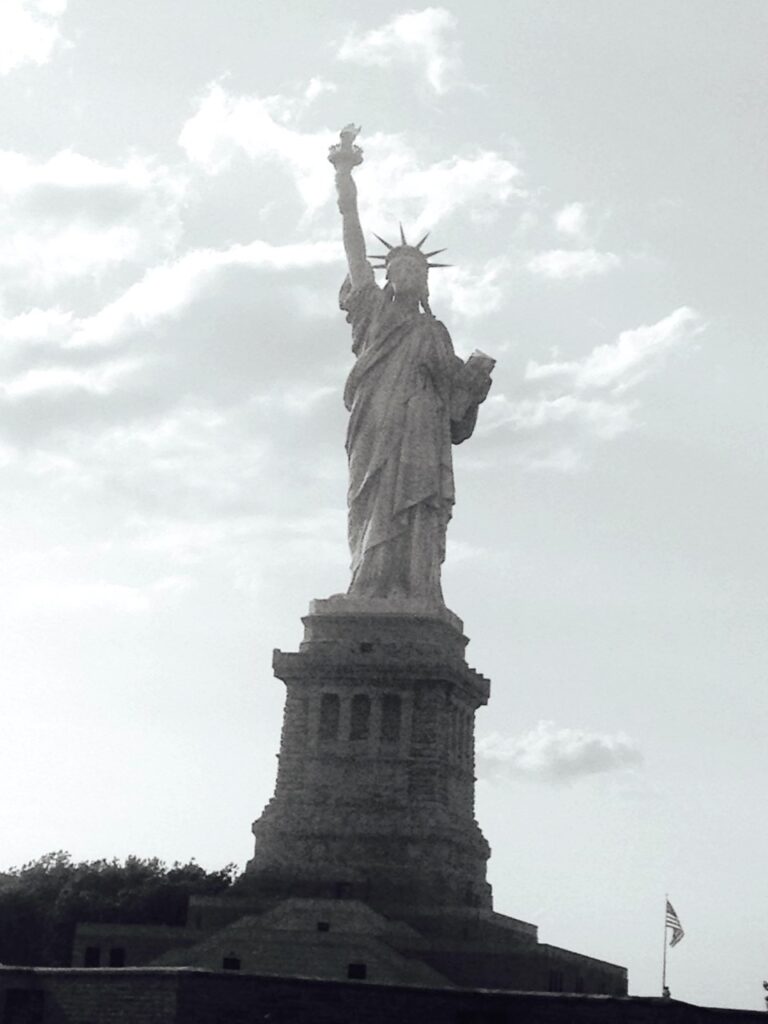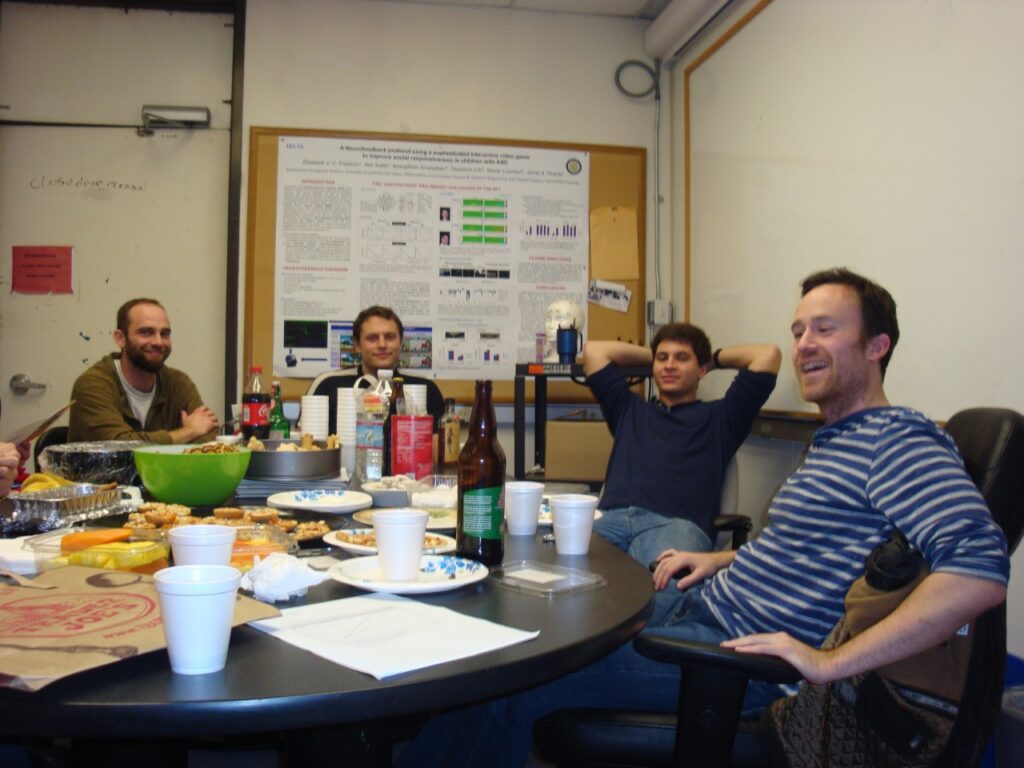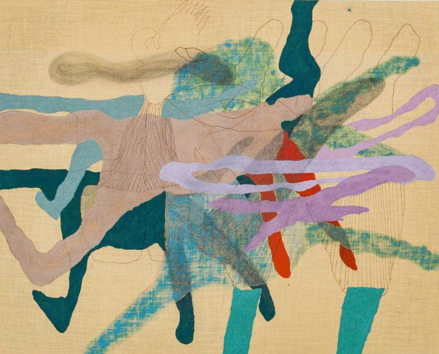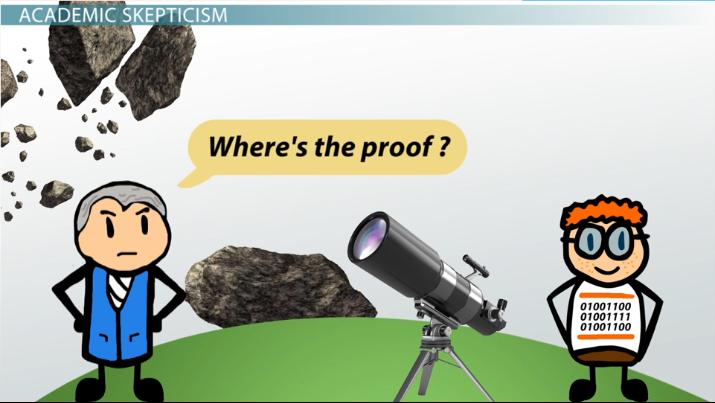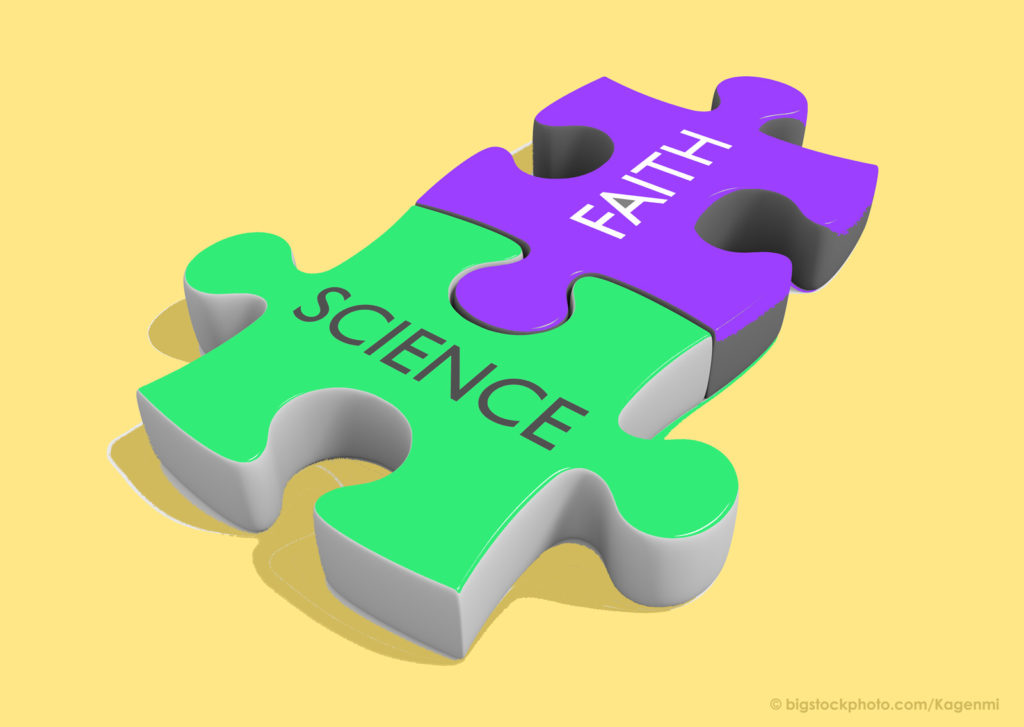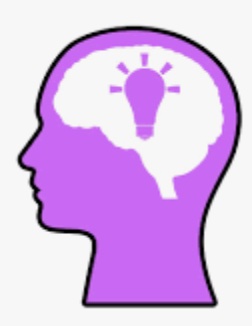
There are moments in life when we encounter, however briefly, someone or something unexpected, beautiful, perfect, beyond description, in which we sense a larger beingness. We feel at the edge of a precipice transfixed, but connected to that larger sense of ourselves. The following are flash-bulb memories from my life and from friends who contributed them. Keep them coming!
A Great Goal
The soccer game started while a band played and the crowd shouted and laughed at the old men running up and down the field in shorts and waddling midsections. The town’s fathers had gathered several prominent citizens to play a game as part of the inauguration ceremonies for a new stadium. Dad, a lawyer and judge in the small town of my birth, was a 48-year-old defender. Seconds before the end of the first half, he stole the ball at midfield and began charging forward. Suddenly and unexpectedly, he stopped, swung his right leg back and kicked a cannon shot with his right foot towards the goalie nearly 50 yards away. The crowd groaned since it seemed like wasted effort. Remarkably, and against all expectations, the ball netted, and he scored the goal–‘un golaso’ or a superb goal, as many described it. In a town where soccer was king and everyone considered themselves experts, what happened that afternoon represented a minor miracle. Dad became a momentary superstar for the magic he had created. In my imagination, there would be a parade in his honor, a small statue of him placed in the center of town, and admiration toward all his family. In his typical way, he forgot the event, put his head down, and went to work the following day. It was a beautiful and transformative lesson for me, from a truly outstanding and humble man.
The Mona Lisa
Smart beyond measure, brilliant painter, architect, sculptor, inventor, and so much more, Leonardo da Vinci has always represented for me the ideal human being. From iconic paintings, like the Mona Lisa and The Last Supper, designs for flying machines, and ground-breaking studies on optics and perspective, Leonardo da Vinci fused science with art and in the process created works that have become irreplaceable icons of the human story. He is the ultimate expression of an intuitive, unencumbered Original Mind, and someone I deeply admire. But of all his creations, the canonical example of his genius, at least for me, is the Mona Lisa. Like most of humanity, I am transfixed by this painting as reproduced in a variety of media.
In 1976, I found myself at the Louvre museum as part of a sightseeing trip to Paris. The entrance comprised a set of stairs at the top of which was the Venus de Milo. Walking up those stairs and encountering Venus felt like walking up heaven’s staircase to meet God. Yet, I did not linger with Venus for more than a few seconds, for I had one thing in mind, making my way to the Mona Lisa. I entered the room where she was hanging and remember the crowd gathered around her. My expectations, already sky-high, were off the chart as I slowly inched my way forward. Then, suddenly, there it was. I was in front of it. The shock that followed was unexpected and the disappointment earth-shattering, for I could not believe what was in front of me. In my mind, the Mona Lisa was large and yet here hung a comparably tiny version of what I held in my imagination. But that devastating emotional disappointment lasted only a brief instant, as I recognized what everyone else recognized. Here, in front of me, was the essence of beauty and something magical captured on a small canvas. For a moment, time stood still.
Joko Beck
When I met her in her late 70s, she sported short, grey hair and a grandmotherly demeanor, yet a youthful exuberance. I found her to be serious regarding her teaching and with a wonderful smile arising occasionally from her seriousness. I liked the fact she had shed many of the cultural trappings of Eastern Zen, including chanting and wearing of the robes. Joko Beck had become a well-known Zen teacher in the Pacific Beach area of San Diego. She had developed a fresh approach to teaching called “ordinary mind,” or Zen simplicity at its finest, which proved tremendously appealing. During our first encounter, the serenity surrounding her had a striking, palpable, and compelling quality. It drew me to attend Saturday meditation sessions and then three-day retreats. During each session, I met with Joko in teacher-student interviews.
“Zen training,” she would remind me each time, “is learning how to work so you do it right, perfect in fact, with no extra anything, whether it is your job, gardening, shopping, whatever.” “In fact,” she would continue, “this requires little sitting–it’s more relating to everything in your life and taking care of it.”
“Do I need to come to the center to learn to do this?” I would ask.
“Practice occurs anywhere and with anything,” she responded. “What happens at the center is I can provide you with encouragement and advice, but the actual practice is with your life in every moment. Life becomes your true teacher.”
My knowledge of Zen grew slowly as she imparted such wisdom during the four years I stayed as her student. After I left, our relationship turned into an apprenticeship of the heart, continuing with reading and reading of her book, “Everyday Zen.” Ever so slowly, Joko’s teaching transformed into life itself. As I walk this world, she is everywhere and I am eternally grateful.
The Bucking Horse: Chelsea Dorich
My mother once had an old Polo horse that was always going barn sour (feral). During those years, it was my job to break her so I could ride her again. I don’t know if you’ve ever seen a horse being broken for riding, but it looks very much like the bronco riding event at a rodeo.
The old mare was tall even for a thoroughbred at 17 hands. She was fast, and she was strong. She threw me off many times before, with wounds that took weeks to heal.
One afternoon, I was again trying to stay in the saddle after she started her bucking dance. I had tried so many methods of falling and failed each time. That day, I had had it. I would avoid being burnt by the arena sand or caught under those hooves again if I could help it. Instead, I would try something absolutely unthinkable. I knew I was going to crash anyway if I did not. I would try a backflip and hope I didn’t crash into the fence or break my neck or… what have you.
I had nano seconds to take my aim and jump. I was so sure I would not make it.
Low and behold, I flew, dispersing the inertia and landing on my feet in the center of the ring unscathed. I looked down to see I was just to the left of the tool used to command the horse. The old mare stopped in her tracks when she saw this and gave me much less trouble from that day forward.
That sunny afternoon I surprised myself and learned that I might be capable of more than I ever expected- I just had to try.
The Great White: Tom Krzmarzick
Exhilarating and terrifying at the same time. On a crisp, clear day in early September, I took my 12’ stand-up paddleboard or sup to South Carlsbad State beach for a cruise session from the north end of the campgrounds to the south end near the Ponto jetties and back. The cruise is usually a two-hour journey. Typically, I will try to catch a few waves while paddling south and a few more on my return trip. The weather was one of those clear, brilliant days because of a weak Santa Ana. Visibility, looking down from the board through the crystal clear and a bright blue green water, was extremely clear.
As I paddled straight out from the shore, a family of four or five dolphins immediately greeted me, heading north. The dolphins, submerged under water on my left, swam underneath surfacing on the right-hand side of the board. The exhale breathing sounds from these animals felt amazingly close. After their visit, I turned or paddled south, as the dolphins swam northward. The brilliant beauty of the sky, clear water and visit from the dolphins energized me. I continued paddling south for another five minutes, when I glimpsed a shadow behind me approximately at the 5 o’clock position from my board, using the nose as the 12 o’clock position. As the shadow approached, I turned to my back right to get a better glimpse of what it was. After the greeting by the friendly dolphins, I was fully expecting more of them. I even started to say, “hello buddies,” when I realized the creature swimming closer to me was an eight to nine-foot great white shark! It swam in an arc, staying five feet below the surface and beneath me at approximately the 3 o’clock position of the board. It continued swimming in an arc direction and then turned right towards the horizon at the 1 o’clock position.
As the shark swam out toward the horizon, my initial thought was, “Holy Shit!! What do I do?” It exhilarated as much as it terrified me. My mental processing at that moment decided it was better strategy to continue on my way south as planned. I didn’t want to panic and abruptly turn around and go back to where I had entered the water, wondering what would happen if I fell off the sup while making those maneuvers. “Relax, you will not fall off this big board, you’ve been doing this for years,” I told myself, although I decided I would not try to catch any little waves since I had no leash for the board. I didn’t wear a leash because of the waves being so small, and I had planned on just a long cruise sup paddle.
I calmed down and continued my trip south, marveling at the beauty, power, and structure of the great white and how well built it was for the water. Its tail was vertical in the water allowing it to turn on a dime; It had a grayish black top and white underside, with a diamond-shaped powerful body. How effortless it swam! How powerful it looked in the water! I truly felt fortunate to experience seeing such a great white shark living in its own environment. It made an everlasting impression.
Walking to my car in the parking lot with the sup, I felt a surge of energy I can only attest to how fortunate to have witnessed these events. As I loaded the sup board on my car, dried off and got ready to go, I saw an older surfer hanging around his car. I couldn’t resist striking a conversation and telling him what I saw and witnessed. “Hey,” I said to him, “I just saw an eight to nine-foot great white shark. Have you ever seen them out there?”. He responded calmly with a short answer, “yep, they’re out there.” Indeed, they are!

